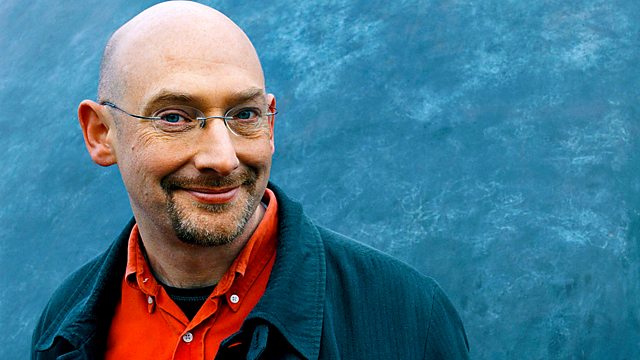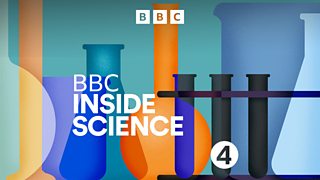Cluster Chemistry - Particle Cancer Therapy
The idea that anti-matter beams could treat cancer might seem ridiculous. But researchers have reported some success into the effects of anti-proton radiation on living cells.
Cluster Chemistry
There are lots of examples in science where the whole is not quite equal to its constituent parts. In this case it’s clusters containing a small number of molecules or atoms that can have very different properites to than the bulk material. This emerging field of chemistry is called ‘Cluster Chemistry’ or ‘Cluster science’. It’s still pretty theoretical with not very many practical applications at the moment.
Quentin talks to scientists Dr. Stuart Mackenzie, from the Department of Chemistry at Cambridge University and Professor Prof Anthony Stace, Head of Physical Chemistry, School of Chemistry, University of Nottingham, who are learning from clusters about how atoms and molecules fit together and react with one another. Cluster chemistry looks at clusters of atoms or molecules of a certain size where they are not single atoms/molecules and they are not big enough to act like the bulk material - the properties of elements and substances. These clusters have been shown to have unique electrical, geometric and reactive properties which can tell scientists a lot about how atoms and molecules fit together and work.
Particle Cancer Therapy
The idea that antimatter beams could treat cancer might seem ridiculous, but researchers working at CERN’s particle accelerator laboratory in Geneva don’t think so. They have just reported a successful first experiment into the biological effects of antiproton radiation on living cells. Researchers have found that an antiproton beam was four times more effective than a proton beam at killing a focused area of hamster cells suspended two centimetres deep in gelatine. The experimental setup was intended to simulate irradiating a section of tissue in the body.
It’s the next step in the field of charged particle cancer therapy – destroying a tumour by firing a beam of energetic particles at it, rather than the more conventional x-ray treatment. Far less healthy tissue gets destroyed, whilst the tumour itself receives nearly all the energy of the beam particles. Rates of success seem far higher. Quentin talks to Professor Ken Peach from the John Adams Institute for Accelerator Science, University of Oxford and Professor Bleddyn Jones of University Hospital Birmingham & Institute of Cancer Studies about how so-called charged particle therapy works by accelerating protons or carbon ions to just the right energy to destroy the cancerous DNA.


